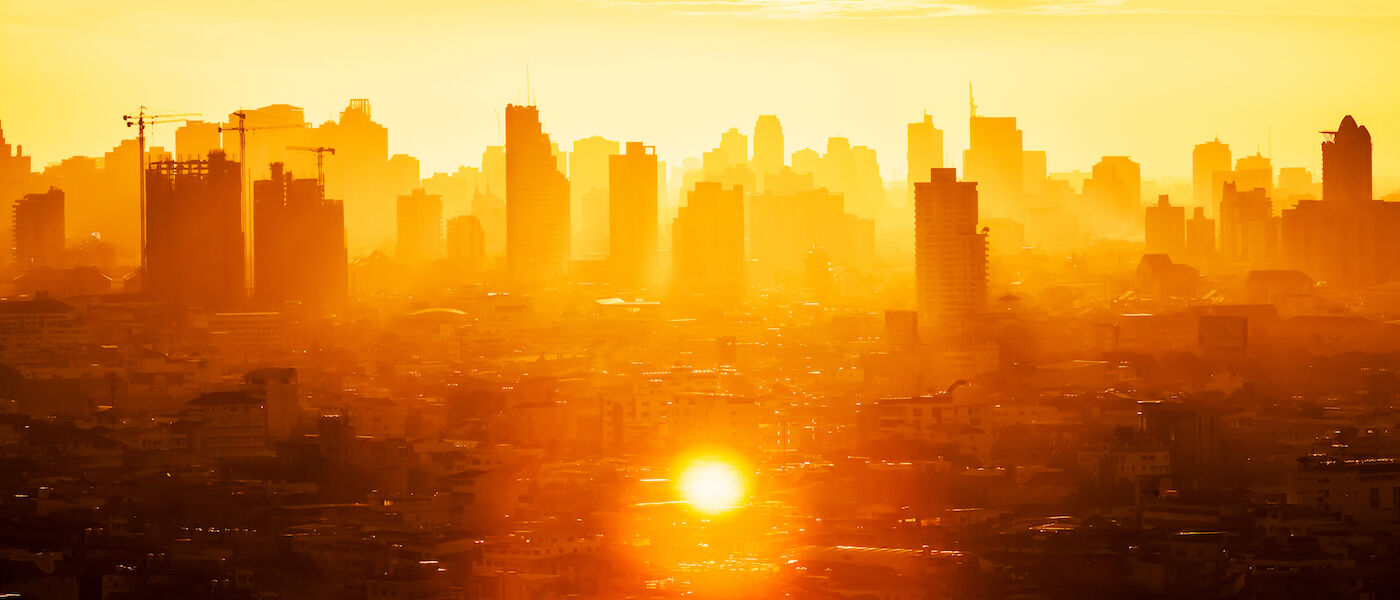How skyscrapers make cities even hotter
Summer is hot enough as it is, but did you know that many skyscrapers make cities even more sweltering?
Skyscrapers made of concrete, pavement, and other materials absorb the sun’s heat. They hold onto that heat longer than water or vegetation does. Some heat is released at night, but these materials don’t completely cool down before the sun hits them again.
When clustered in cities, skyscrapers made out of these materials create a microclimate that’s warmer than that in nearby rural areas. This is called heat island effect (HIE).
HIE does bring some benefits. After all, buildings in warmer cities need less energy to heat in the winter. And the warm air also moves out to rural areas, which can be good for agriculture.
HIE is problematic though, because the warmer temperatures threaten plants, animals, and people. Heat-related illnesses are especially dangerous for older city dwellers.
So how do we reduce HIE in cities? We can build with materials that absorb less heat and use lighter colors that reflect heat. More vegetation through parks and green rooftops also reduces heat. Now, many architects and engineers are designing green skyscrapers that reduce HIE.
Interested in learning more about skyscrapers? Check out our exhibition Skyscraper! to see the past, present and future of these towering architectural achievements!
